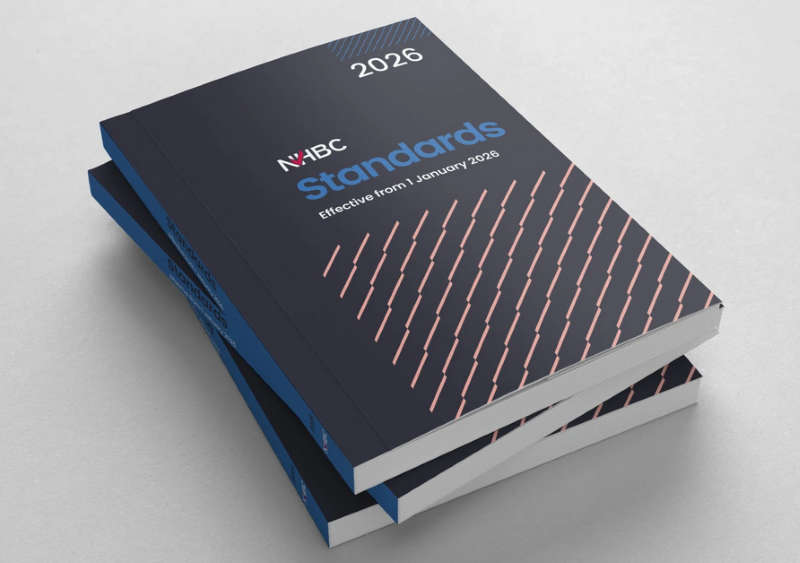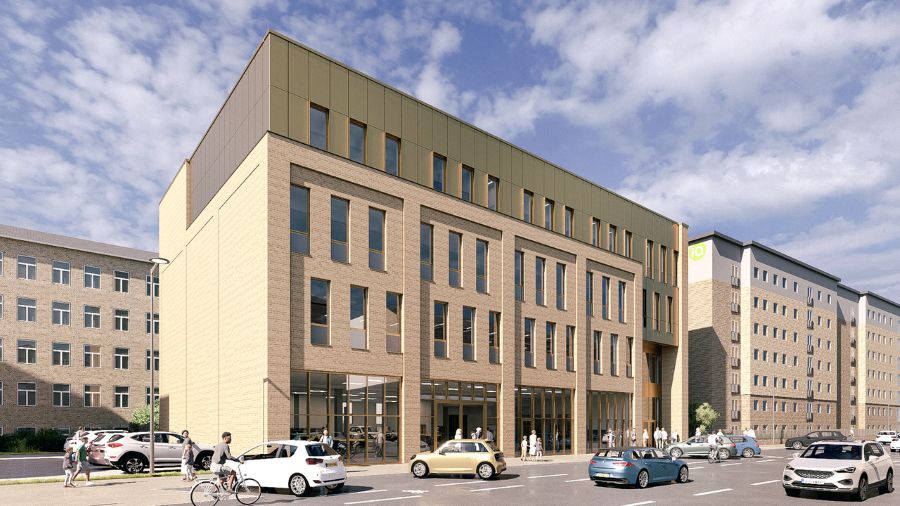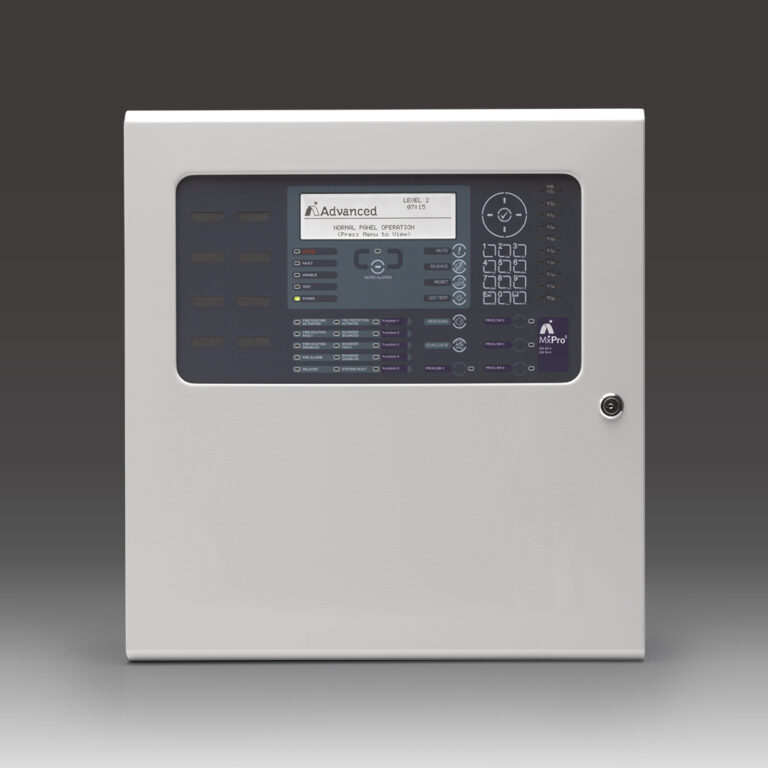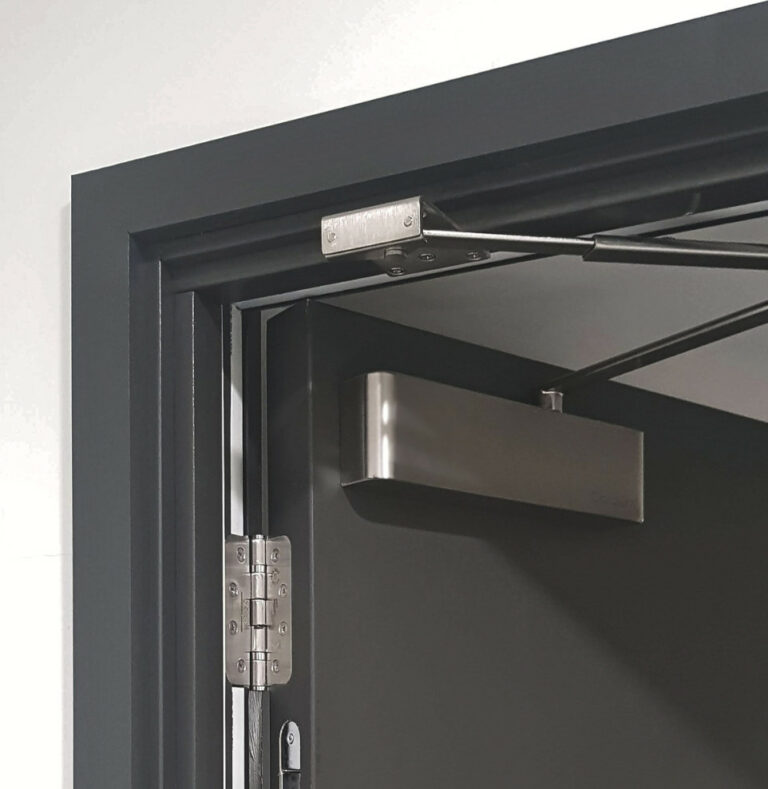The UK manufacturing economy continued to face rising headwinds at the start of the final quarter of 2024.
A lack of market optimism, slower economic growth, stretched supply chains and concerns about the impacts of possible announcements in the UK Budget (which were unknown at the time of the survey) led to reduced intakes of new work and a near-stalling of output growth.
The seasonally adjusted S&P Global UK Manufacturing Purchasing Managers’ Index (PMI) posted 49.9 in October, down from 51.5 in September and the earlier flash estimate of 50.3. This is the first time that the PMI has fallen below the neutral 50.0 mark since April.
The new orders and stocks of purchases components (both of which signalled solid contractions) weighed heaviest on the PMI, while a noticeable easing in the rate of expansion of production also contributed to the decline in its level.

Although manufacturing output rose for the sixth successive month in October, the rate of increase was only slight and the weakest during that sequence. Output growth was registered in the consumer and investment goods sector, offsetting a marked cutback in production volumes in the intermediate goods category. Higher production was mainly sustained through efforts to complete existing contracts and also contributed to a mild building up of inventory holdings. Both of these compensated for the first outright contraction in new order intakes since April.
The decline in new work inflows reflected a lack of market confidence, economic slowdown and to some domestic clients applying a wait-and-see approach to committing to new contracts before the UK budget delivered in late-October. Demand was weaker from both domestic and export clients. New export orders fell for the thirty-third consecutive month, amid reports of lower intakes from clients in Europe, China and the US. UK manufacturing employment increased for the third time in the past four months in October.
Companies linked job creation to higher production and efforts to clear backlogs of work. However, the rate of increase was only modest, as many firms remained cautious about incurring additional costs, given uncertainty about the impact of possible changes announced in the UK Budget. It also reflected relatively muted confidence about the future among manufacturers.
Business optimism recovered only slightly from September's nine-month low during October. That said, the majority of firms (52%) still expect to see production rise over the coming year, compared to only 8% forecasting contraction.
Where positive sentiment was indicated, this was attributed to new product development and hopes for a market revival. There were positive signs on the price front, as the rate of increase in input costs slowed sharply to its weakest in the current ten-month sequence of inflation. The extent of the easing was among the steepest in the near 33-year survey history (as highlighted by the seasonally adjusted Input Prices Index decreasing by 7.1 points since September).
Although manufacturers continued to report several purchased items as up in price – including electronics, energy, metals, metal[1]based goods and paper/timber products – there were rising reports of these costs starting to stabilise or fall. Part of the increase in purchase prices and other costs of production were passed on to clients in the form of higher output charges in October. Average selling prices rose for the twelfth successive month.
However, the rate of increase eased to its lowest since February, reflecting decelerations in the consumer, intermediate and investment goods sub[1]industries. Supply chains remained under stress in October, as average vendor lead times lengthened for the tenth month in a row. Delivery times increased to the greatest extent since February, which companies attributed to shipping delays, the Red Sea crisis, capacity shortages at vendors and port strikes
Rob Dobson, Director at S&P Global Market Intelligence “UK manufacturing started the final quarter of the year on an uncertain footing amid speculation on government policies ahead of the Budget, which was widely reported to have led to a wait-and-see approach on investment and spending. This domestic headwind, combined with an ongoing loss of export business, led to the first outright contraction in new work intakes since April. Output growth came close to stalling as a result.
“The generally lacklustre environment was also reflected in the headline PMI slipping below its neutral 50.0 mark and business optimism hovering only slightly above September's nine-month low. “There was better news on the price front. Input cost inflation fell to a ten-month low, easing to one of the greatest extents in the 33-year survey history. Selling price inflation also moderated. This may provide some headroom for policy makers to support growth if demand weakens.
“The November PMI will be especially keenly anticipated to see the near-term impact of the Budget on business conditions and in particular the effect on confidence.”




















